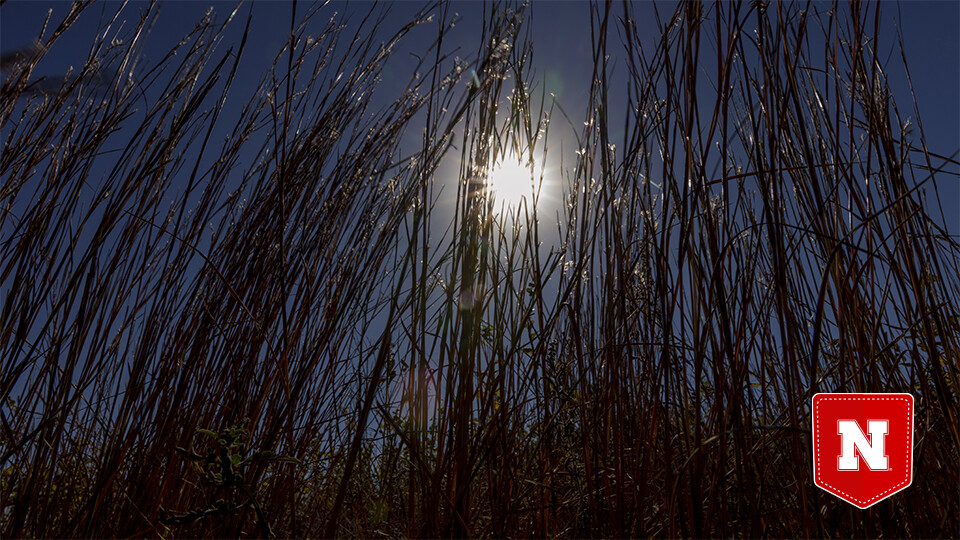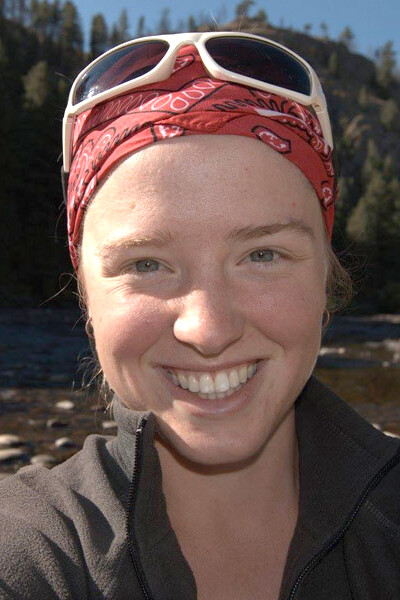
Welcome to Pocket Science: a glimpse at recent research from Husker scientists and engineers. For those who want to quickly learn the “What,” “So what” and “Now what” of Husker research.

What?
The once-sprawling grasslands of the central Great Plains, including Nebraska, are now being encroached on and transformed by invasive tree species and other woody vegetation. That encroachment is upending the ecosystems of prairie wildlife, threatening the livelihoods of ranchers and increasing the risks of wildfire.
Management efforts have generally focused on eradicating invasive vegetation from the open interiors of grasslands. But recent research has suggested that neighboring landscape features — especially roadsides whose margins can go overlooked and unmanaged — might also contribute to the spread of invasive species. Even so, the amount of invasive vegetation growing near roadsides, and the extent to which addressing it could combat the overall threat, remains unclear.
So what?

Those roadside margins contained extensive eastern redcedar. If the seeds of that eastern redcedar dispersed even 325 to 650 feet — considered a conservative estimate — the invasive species could compromise between 24% and 44% of the grassland interior, the team concluded. Under that scenario, the researchers said, a failure to manage the roadside-adjacent presence could potentially offset the removal of eastern redcedar elsewhere in the prairie.
Now what?
Monitoring roadsides and removing invasive trees there could become an essential facet of management plans, the team said, improving the odds of keeping that vegetation from overrunning native grasslands. Management-focused agencies and nonprofits could consider coordinating that removal with private landowners whose properties often border the roads of interest.







